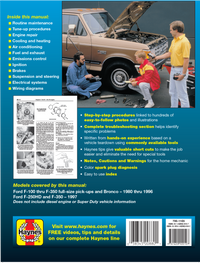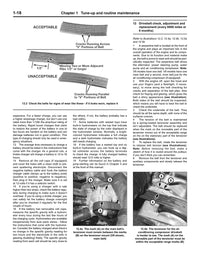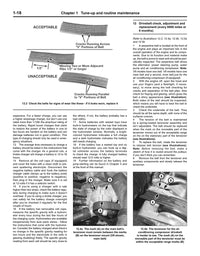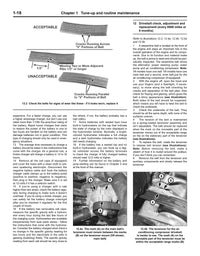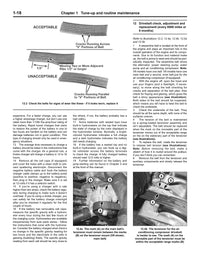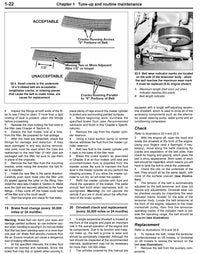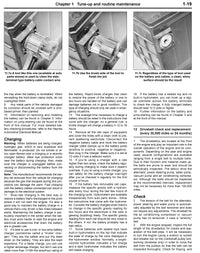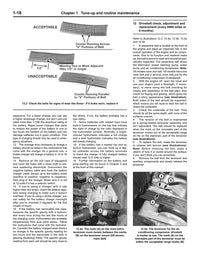What Is a Car Battery?
Most cars on the road are powered by an internal combustion engine, but every car and truck also has a battery. The 12 volt lead acid battery in a typical car provides power to crank the engine over, run the computers, pressurize the fuel system, and fire the spark plugs for the few seconds it takes to start the car. Once the car is running, the engine turns the alternator which charges the battery, and provides more than enough power to run everything else.
But the battery also acts like a reservoir, smoothing things out between the highs and lows of supply caused by engine RPM, and the demand cause by the needs of various electrical systems. At idle, your car's alternator may barely put enough power to run everything, so the battery supplies a stable 12 volt stream to the computer running everything. Some vehicles have higher voltage systems, 24 or even 48 volts, to run all of the accessories while allowing the engine to shut down completely at stop lights to save fuel.
 Batteries can be dangerous even if the car is not running. Always disconnect the negative cable first to prevent sparks from a tool shorting against metal. Wear protective gloves to prevent the corrosion on the terminals from irritating your skin.
Batteries can be dangerous even if the car is not running. Always disconnect the negative cable first to prevent sparks from a tool shorting against metal. Wear protective gloves to prevent the corrosion on the terminals from irritating your skin.
Why the Battery Should Be Checked
Your car's battery uses a simply chemical reaction to create electricity, but there are many things that can go wrong with it over time. The main components of the battery are lead plates, and a liquid acid solution, but then there is also the plastic housing, and the terminals and cable ends that connect to them.
Heat can boil the acid away (often caused by an over charging alternator) or just evaporate it over time. Extreme cold can also freeze it, causing cracks in the housing or other internal damage. The battery must be ventilated to the atmosphere, and that means contamination is also a possibility.
The lead plates are more stable, but can break or lose their electrical connection due to rough roads or engine vibration. There are also chemical reactions that cause the plates to build up lead sulfate crystals (sulfation) which reduce the amount of lead in contact with the acid, thereby reducing the power it can store over a few years.
Checking the battery periodically gives you an idea of its health, so you don't suddently have a car that won't start.
When To Check the Battery
You should inspect and test your battery every six months in order to catch any issues before the extreme heat of summer, or cold of winter; a marginal battery is most likely to fail due to extreme temperature. A good time to service the battery is when you are rotating, or swapping summer/winter tires.
Besides testing the battery, this is also a good time to remove any corrosion off the cable ends and terminals, and make sure everything is clean and tight. On occasion, cleaning and tightening a terminal connection can save you the $100 you'd spend on a replacement battery.
Every vehicle is different, so find yours and get the full instructions...
How to Check a Car Battery
Every vehicle is different, but here is a sample of how you would inspect and test the typical battery in most cars and trucks:
- If the car has been driven recently, wait at least an hour for the battery to drop back to its "resting voltage" or do the test first thing in the morning after the car has sat overnight.
- Locate battery - some modern cars have it in the trunk under the spare tire, or even under the air box, or behind the front inner fender.
- Unclip and flip open positive battery terminal cover (if present).
- Check battery terminals for corrosion, which is typically white, yellow, or green, and spreads like moss on a tree.
- If clean, move to step 7. If there is corrosion, remove the cables (negative first) and scrub clean with baking soda, water and a brush.
- Reconnect cables (negative last).
- Wiggle the cables at the battery terminal to test that they are tight. Tighten if needed.
- Check voltage between terminals with a multimeter set to read DC voltage. It should be about 12.6 volts.
- Start the car and let it idle to check the output of the charging system.
- Test voltage again with engine running. It should read between 13.8 and 14.4 volts.
- Shut off engine.
- Check that battery hold downs are tight.
- Check that cables are not heat damaged, rubbing, or pinched anywhere.
- Inspect plastic battery housing for signs of swelling or cracks.
Before You Begin
Tools You Will Need For This Job
Typically you only need basic hand tools for this job, apart from the multimeter.
- Gloves
- Wrench/ratchet and sockets
- Small flathead screw driver
- Multimeter
- Baking soda
- Wire brush
How Much Does a Battery Check Cost?
- $0-20 if you have to buy a multimeter.
- $100 or more saved if you prevent premature battery failure.
- Avoiding the inconvenience of a suddenly dead battery is priceless.


